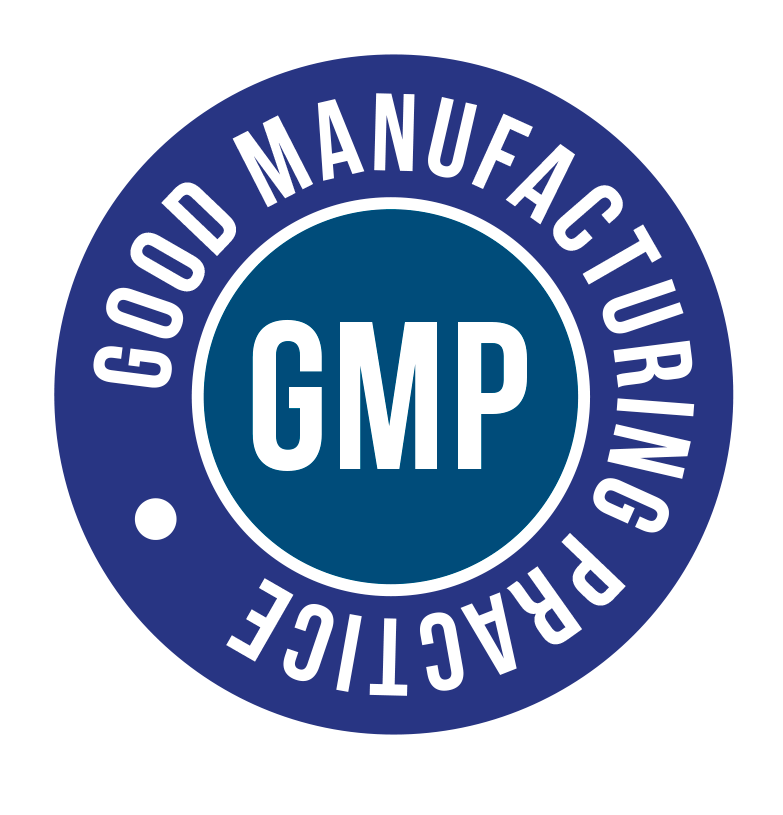
by Philip Rouchotas, MSc, ND, Canada
Benign prostatic hyperplasia (BPH), commonly known as “enlarged prostate,” is a noncancerous growth of the prostate gland that affects a large proportion of men over the age of 50. By the age of 80, the vast majority of men are affected by this condition, which includes symptoms of urinary urgency, frequency, and reduced urine flow.[1, 2] This article reviews some of the data on natural agents as well as dietary factors in managing BPH.
The development of BPH is thought to be driven by a lifetime of exposure to the testosterone metabolite dihydrotestosterone (DHT) and possibly estrogen.[1] In men, estrogen is produced by the enzyme aromatase, which is present in fat cells.[1] As a result, obesity is associated with a higher risk of BPH. On the other hand, prostatic cells convert testosterone to a more potent metabolite, DHT. The most common medication used to treat BPH is finasteride, which inhibits the conversion of testosterone to DHT; however, unpleasant side effects such as erectile dysfunction affect up to 9% of men who take this drug.[3] Newer research suggests that more serious side effects may also be associated with finasteride, including higher risk of more aggressive types of prostate cancer as well as depression.[4] Researchers emphasize the importance of patients being adequately informed as to these risks when prescribed their medication.[4]
Several natural agents have been shown to be highly effective in reducing symptoms of BPH. Saw palmetto (Serenoa repens) has been very well studied for its effects on BPH.[5] A systematic review including 18 randomized trials concluded that “S. repens improves urologic symptoms and flow measures. Compared with finasteride, S. repens produces similar improvement in urinary tract symptoms and urinary flow, and was associated with fewer adverse treatment events,”[5] a strong statement indeed from the Journal of the American Medical Association. beta-Sitosterols are another plant-derived agent that has been shown to improve BPH, likely through effects on modulating hormones and inflammation.[6] In another study, stinging nettle (Urtica dioica) was shown to improve lower urinary tract symptoms in 81% of patients, compared to only 16% in the placebo group.[7] This was accompanied by a modest decrease in prostate size.
Dietary factors have also been associated with BPH. Consumption of flaxseed extract has been shown to reduce symptoms associated with BPH.[8] Flaxseeds contain a type of ingredient called lignans, which are known to modulate the effect of hormones such as estrogen and possibly testosterone. An easy way to incorporate this into your diet is simply consuming two heaping tablespoons of ground flax daily. Lycopene, an antioxidant found in rich concentrations in tomato skins, has also been shown to decrease the progression of BPH, meaning that it halted the increase in prostate size over time as measured on ultrasound.[9] Lycopene also decreased PSA levels, a blood marker associated with BPH as well as prostate cancer.[9] Dietary lycopene is best absorbed from cooked tomatoes; one study found that consumption of 50 ml of tomato paste (not sauce) daily resulted in lower PSA levels after 10 weeks.[10] In addition, vegetable consumption, moderate alcohol intake, regular exercise, and maintaining a healthy weight have been shown to reduce risk of BPH, while obesity and high meat consumption have been associated with increased risk.[11]
References: 1. Patel, N.D. and J.K. Parsons. “Epidemiology and etiology of benign prostatic hyperplasia and bladder outlet obstruction.” Indian Journal of Urology Vol. 30, No. 2 (2014): 170–176. 2. Chang, R.T., R. Kirby, and B.J. Challacombe. “Is there a link between BPH and prostate cancer?” Practitioner Vol. 256, No. 1750 (2012): 13–16, 2. 3. Gur, S., P.J. Kadowitz, and W.J. Hellstrom. “Effects of 5‑alpha reductase inhibitors on erectile function, sexual desire and ejaculation.” Expert Opinion on Drug Safety Vol. 12, No. 1 (2013): 81–90. 4. Traish, A.M., A. Mulgaonkar, and N. Giordano. “The dark side of 5α-reductase inhibitors’ therapy: Sexual dysfunction, high Gleason grade prostate cancer and depression.” Korean Journal of Urology Vol. 55, No. 6 (2014): 367–379. 5. Wilt, T.J., et al. “Saw palmetto extracts for treatment of benign prostatic hyperplasia: A systematic review.” JAMA Vol. 280, No. 18 (1998): 1604–1609. 6. Wilt, T., et al. “beta-Sitosterols for benign prostatic hyperplasia.” Cochrane Database Systematic Reviews Vol. 2 (2000): CD001043. 7. Safarinejad, M.R. “Urtica dioica for treatment of benign prostatic hyperplasia: A prospective, randomized, double-blind, placebo-controlled, crossover study.” Journal of Herbal Pharmacotherapy Vol. 5, No. 4 (2005): 1–11. 8. Zhang, W., et al. “Effects of dietary flaxseed lignan extract on symptoms of benign prostatic hyperplasia.” Journal of Medicinal Food Vol. 11, No. 2 (2008): 207–214. 9. Schwarz, S., et al. “Lycopene inhibits disease progression in patients with benign prostate hyperplasia.” Journal of Nutrition Vol. 138, No. 1 (2008): 49–53. 10. Edinger, M.S. and W.J. Koff. “Effect of the consumption of tomato paste on plasma prostate-specific antigen levels in patients with benign prostate hyperplasia.” Brazilian Journal of Medicinal and Biology Research Vol. 39, No. 8 (2006): 1115–1119. 11. Raheem, O.A. and J.K. Parsons. “Associations of obesity, physical activity and diet with benign prostatic hyperplasia and lower urinary tract symptoms.” Current Opinion in Urology Vol. 24, No. 1 (2014): 10–14.
Prosta is a food supplement consisting of 18 synergistically combined ingredients for a complete and advanced formula for a healthy prostate. It contains plant extracts such as saw palmetto, nettle, cranberry, pollen extract, pumpkin seed extract, essential fatty acids obtained from high quality and organically cultivated oils such as olive and borage oil, plant sterols, vitamin B6 and vitamin E, zinc and selenium, carotenoids such as lycopene and amino acids in their natural and free forms.
Click HERE to view the product and composition.







